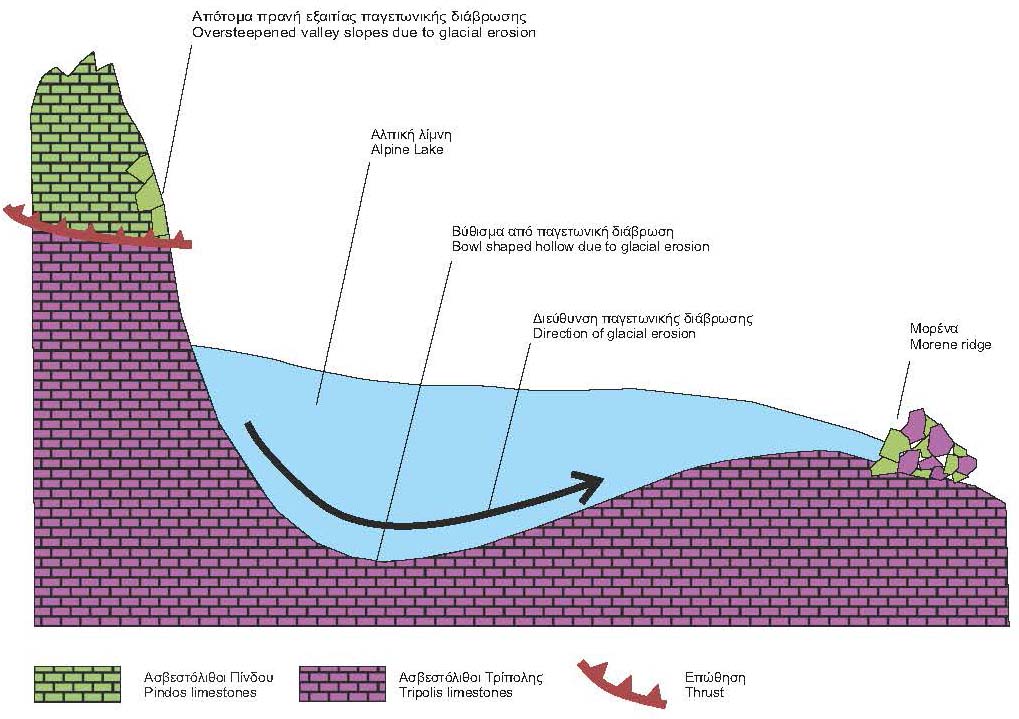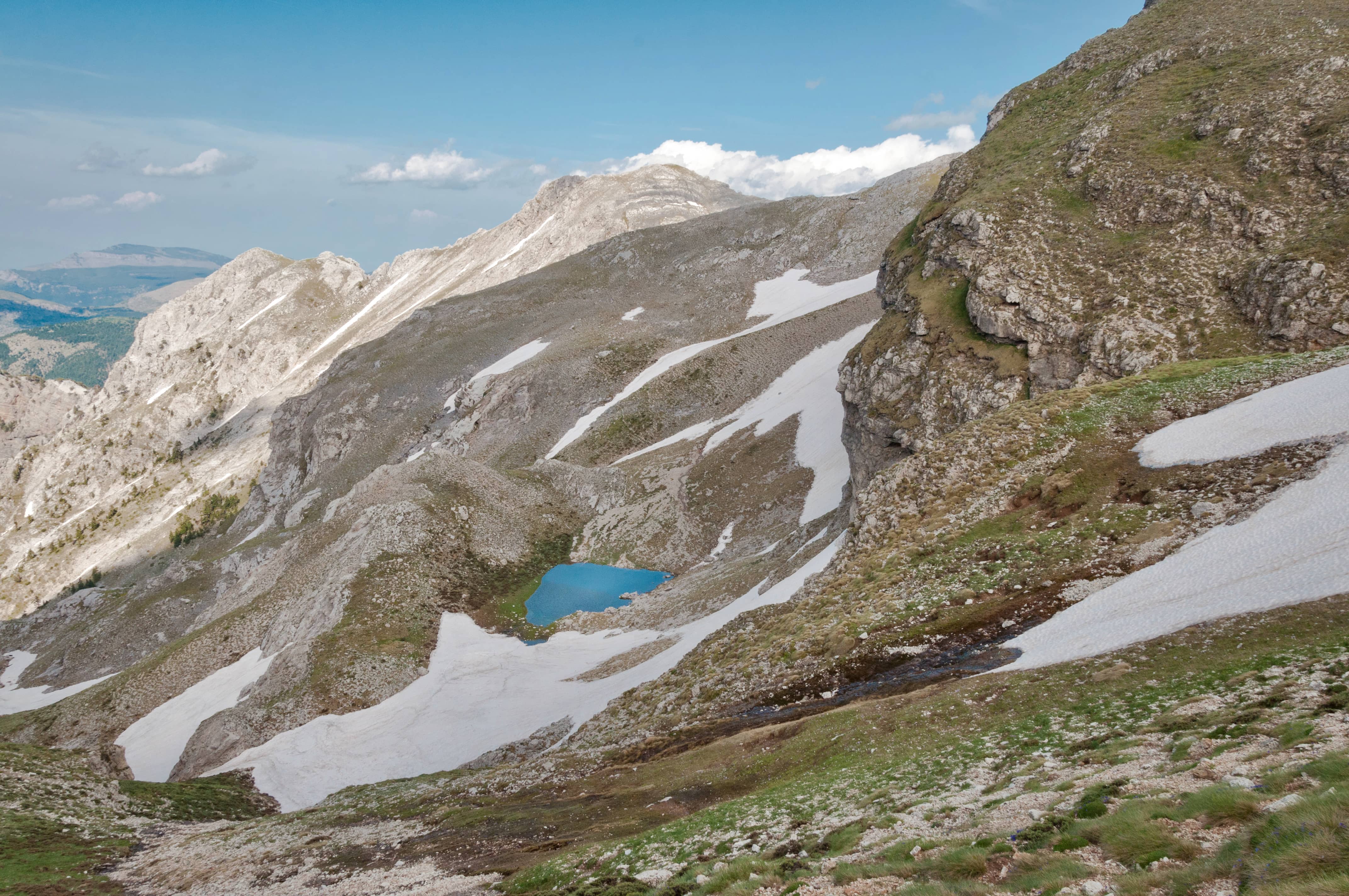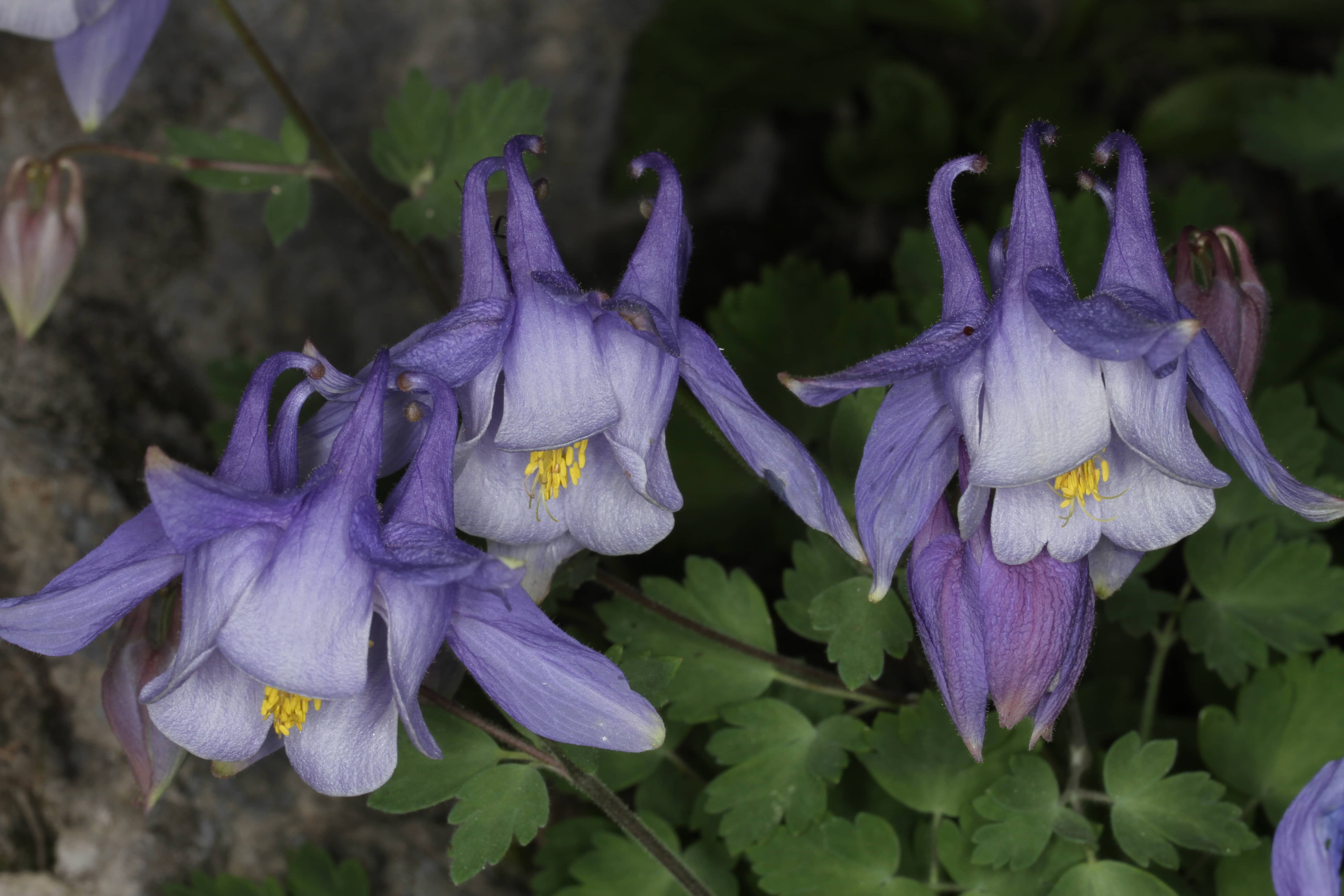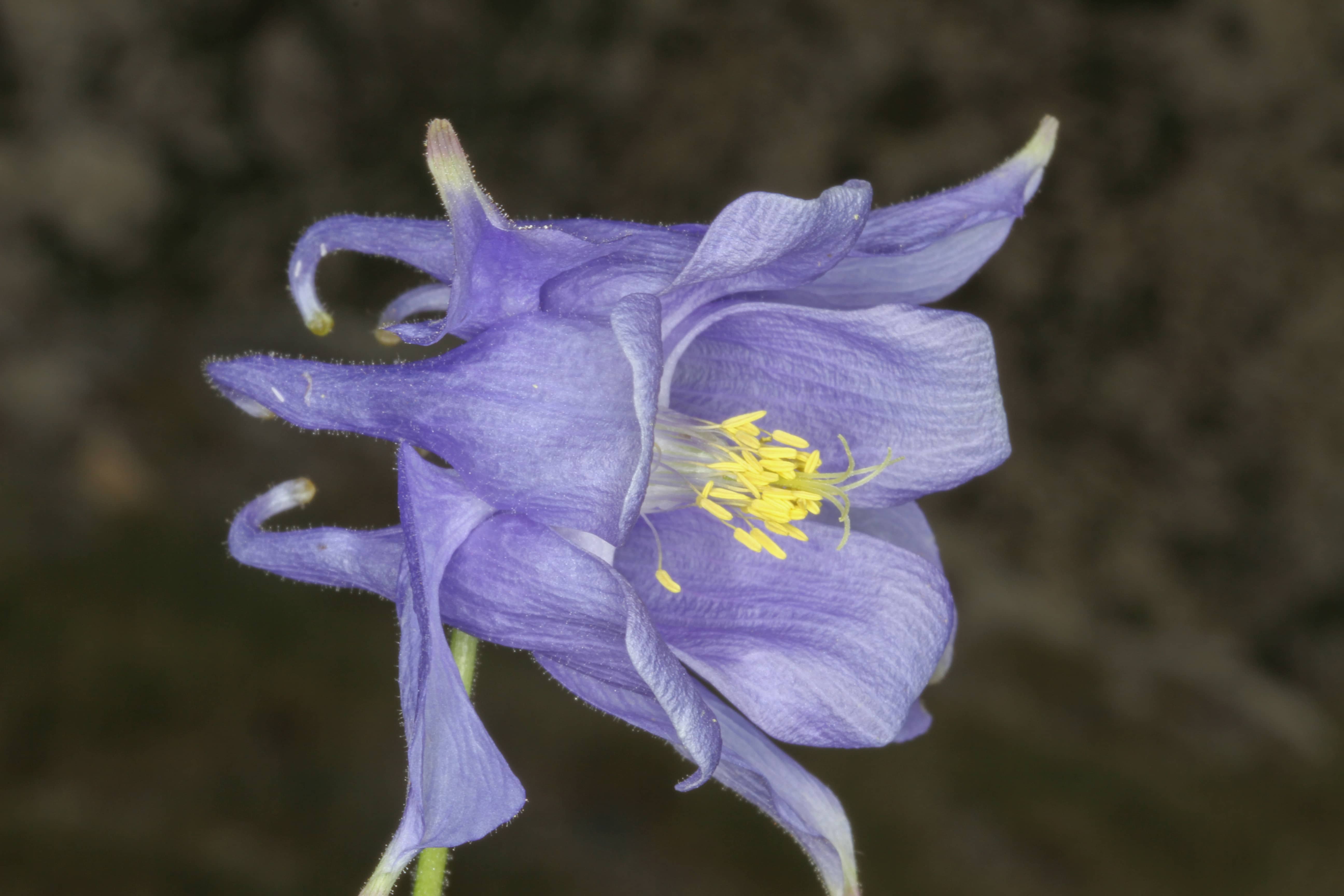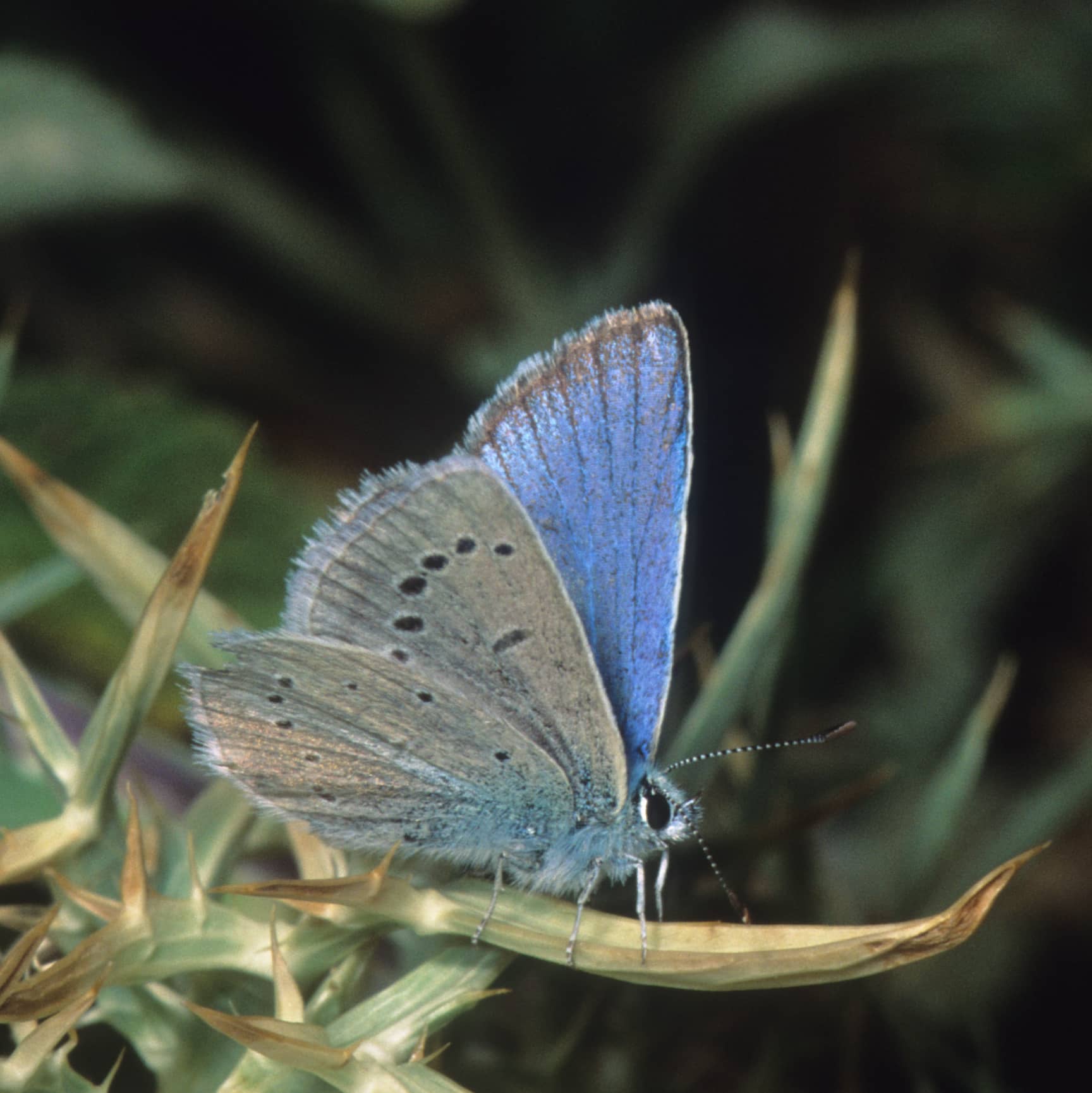The Chelmos Dragon lake
Mavrolimni is a small seasonal alpine lake, located 800 m SE of this point. It covers an area of 940-1250 m2 and has an elongated shape. It is seasonally filled with a few centimeters of water deriving from snow melting, late in winter and until late spring. It dries out in the summer leaving behind dark brown sediments. Its name derives from the dark color of its waters (Mavrolimni= Black Lake). The Aristarchos Telescope is found at an altitude of 2340 m, at Neraidorachi peak, , run by the National Observatory of Athens. Its location was selected being in one of the places in Europe with the lowest light pollution and because usually it is found above the clouds.
Geodiversity
Alpine lakes are forming in areas where past glaciers have sculptured the landscape. The highest peaks of Chelmos Mt, during the recent geologic past were covered by glaciers! Glaciers, when moving slowly downwards like rivers in slow motion, they carry away big rock fragments that were cut off by the substrate (Pindos limestones in this case). At the same time, they dig the rock on which they roll, forming bowl shaped depressions. The cut off material, is transported and finally deposited by the glacier at its front, forming arcuate ridges named moraines. Several times moraines act as dams for surface waters causing the formation of lakes behind them. Mavrolimni is a typical case of glacial lake.
Biodiversity
The Geosite is located within the Protected Area “OROS CHELMOS KAI YDATA STYGOS” (GR2320002) of the Natura 2000 network. The area hosts 4 local endemic plant taxa of Chelmos (Alchemilla aroanica, Lonicera alpigena subsp. hellenica, Polygala subuniflora and Valeriana crinii subsp. crinii), as well as several Greek endemic taxa such as Achillea umbellata etc. Remarkable is also the presence of the species Globularia stygia and Viola delphinantha.Significant invertebrates with restricted distribution are recorded in this area, with some of them being included in the Red Lists, such as the Lepidoptera Turanana taygetica, Polyommatus iphigenia, etc., andtheOrthoptera Oropodisma chelmosi and Parnassiana chelmos.
The area is located within the Special Protection Area (SPA) for avifauna “OROS CHELMOS (AROANIA)-FARANGI VOURAIKOU KAI PERIOCHI KALAVRYTON” (GR2320013).

